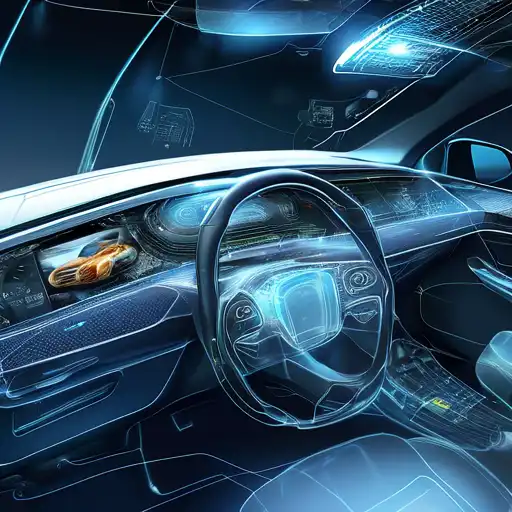Introduction to Embedded Systems in Automotive
Embedded systems have become the backbone of modern automotive engineering, driving innovations that enhance vehicle safety, efficiency, and user experience. These specialized computing systems are designed to perform dedicated functions within larger mechanical or electrical systems, making them indispensable in today's vehicles.
The Role of Embedded Systems in Automotive Safety
Safety is paramount in the automotive industry, and embedded systems play a critical role in ensuring it. From advanced driver-assistance systems (ADAS) to anti-lock braking systems (ABS), embedded technologies are at the heart of features that protect passengers and pedestrians alike. For instance, ADAS technologies rely on embedded systems to process real-time data from sensors and cameras, enabling features like lane departure warnings and automatic emergency braking.
Innovations Driven by Embedded Systems
The automotive sector is witnessing a surge in innovation thanks to embedded systems. Electric vehicles (EVs), for example, utilize these systems for battery management and energy efficiency. Similarly, autonomous vehicles depend on embedded systems for navigation, obstacle detection, and decision-making processes. These advancements not only improve performance but also pave the way for a greener and safer future.
Challenges and Solutions
Despite their benefits, implementing embedded systems in vehicles comes with challenges, such as cybersecurity risks and the need for continuous updates. However, manufacturers are addressing these issues through robust encryption methods and over-the-air (OTA) update capabilities, ensuring that vehicles remain secure and up-to-date.
Future Prospects
The future of embedded systems in the automotive industry is bright, with ongoing research focusing on enhancing connectivity, autonomy, and sustainability. As technology evolves, we can expect even more innovative applications that will redefine mobility.
Conclusion
Embedded systems are revolutionizing the automotive industry by improving safety, driving innovation, and addressing environmental concerns. As these technologies continue to advance, they will play an even more significant role in shaping the future of transportation.
